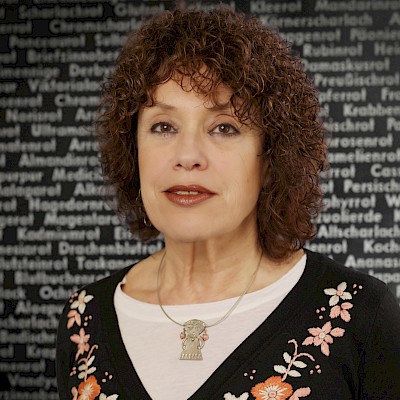Ana María PRESTA has a BA in History from the University of Buenos Aires (UBA), Argentina, and a M. A. and Doctorate from The Ohio State University (United States of America). Currently, she is Professor at the University of Buenos Aires’ Department of History, Principal Researcher at the National Council of Scientific Research (CONICET), and Chair of the Latin American History Program (PROHAL) at the Instituto de Historia Argentina y Americana »Dr. Emilio Ravignani« (UBA), where she supervises a team of young scholars doing research on the Southern Andes. As professor and mentor, she has advised ten Ph.D dissertations and a dozen of undergraduate thesis. She is the author of »Encomienda, Familia y Negocios en Charcas Colonial. Los Encomenderos de La Plata, 1550-1600« and editor of »Espacio, Etnías, Frontera. Atenuaciones Políticas en el Sur del Tawantinsuyu and Aportes multidisciplinarios al estudio de los colectivos étnicos Surandinos. Reflexiones sobre Qaraqara-Charka, tres años después.« Her articles were pubulished in »Runa,« »Andes,« »Memoria Americana,« »Anuario del IEHS,« »Población y Sociedad,« »Revista Andina,« »Histórica,« »Historia y Cultura,« »Anuario del Archivo y Biblioteca Nacionales de Bolivia,« »Revista de Indias,« »Revista de Estudios Extremeños,« »Colonial Latin American Review,« »Hispanic American Historical Review,« »Revista Complutense de Historia de América and Americanía,« among others. Her research results have also been published in editions on ethnicity, genders, family, and material culture on early Andean Colonial society. She has attended to many conferences, congresses, workshops, and seminars in Argentina, Latin America, Europe, and the USA. She is a member of the CONICET Qualification and Promotion Committee and member of the UBA Evaluation Board of the Humanities. Grants, Fellowships, and Research Projects have been awarded by several argentine and foreign agencies, like CONICET, UBA, Agencia Nacional de Promoción Científica y Tecnológica, Fundación Antorchas, The Ohio State University, Tinker Foundation, National Endowment of the Humanities, Center for Historical Research at Ohio State University, The Organization of American States (OEA), Escuela de Estudios Hispano- Americanos (CSIC, Spain), Fundación Carolina (Spain), Ministerio de Economía y Competitividad (Spain). At the moment, she is the director of »Surandino Monográfico« (the Latin American History Program, PROHAL, electronic review) while serving in the editorial board of »Colonial Latin American Review,« »Boletín del Instituto de Historia Argentina y Americana ›Dr. Emilio Ravignani,‹« »Cuadernos de Historia,« among other periodicals.
